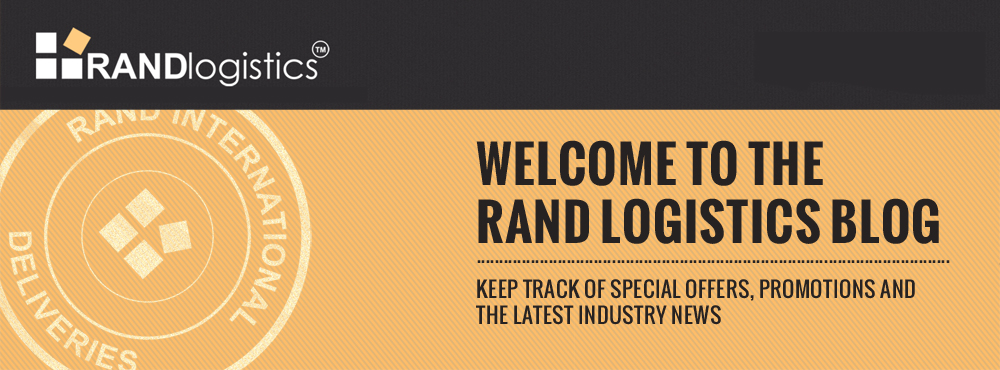On our last day of focusing on the future of postage, we concentrate on how social media has changed the face of the delivery industry and whether or not it could have a telling effect in the years to come. The vast majority of delivery services have managed to achieve excellent results through their online campaigns with social media playing a stand-out role.
Client interaction is something that many delivery services look to build on, whether its regularly updating a Facebook page with new international parcel delivery opportunities or making the most of twitter to provide more clients with a information about their delivery, similarly to that of our Help & FAQ’s page here at RAND.
What’s more, clients can use social media to leave feedback regarding the services they have received. This gives delivery companies the chance to expand by promoting the feedback that they receive.
So how could the delivery industry continue to expand with social media onboard? For starters, social media is the first point of contact for most people nowadays so the option of enhanced tracking and communication is all the more probable in the future.
Delivery companies can also maintain a competitive service by staying in touch with social media and clients will be able to offer their own opinions on how they feel delivery services should operate. In the meantime, you can get a great quote from us here at RAND today should you intend to ship a parcel abroad in the near future.


